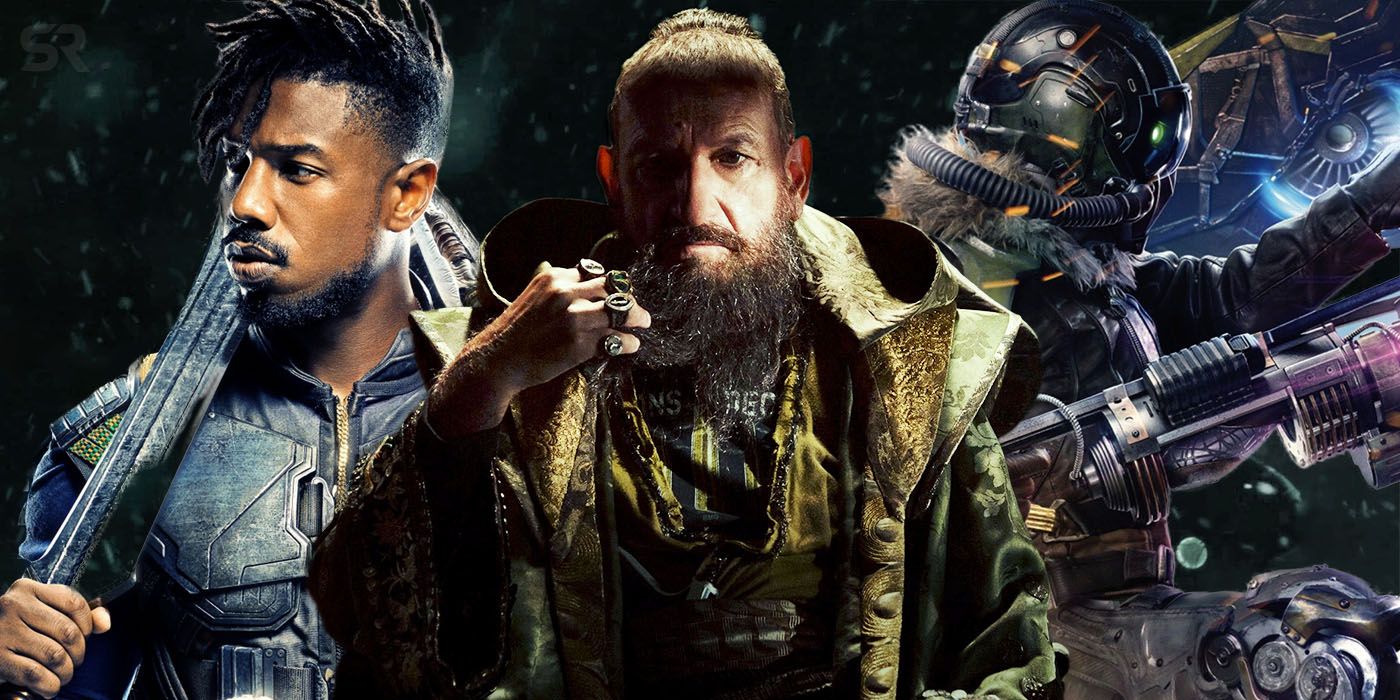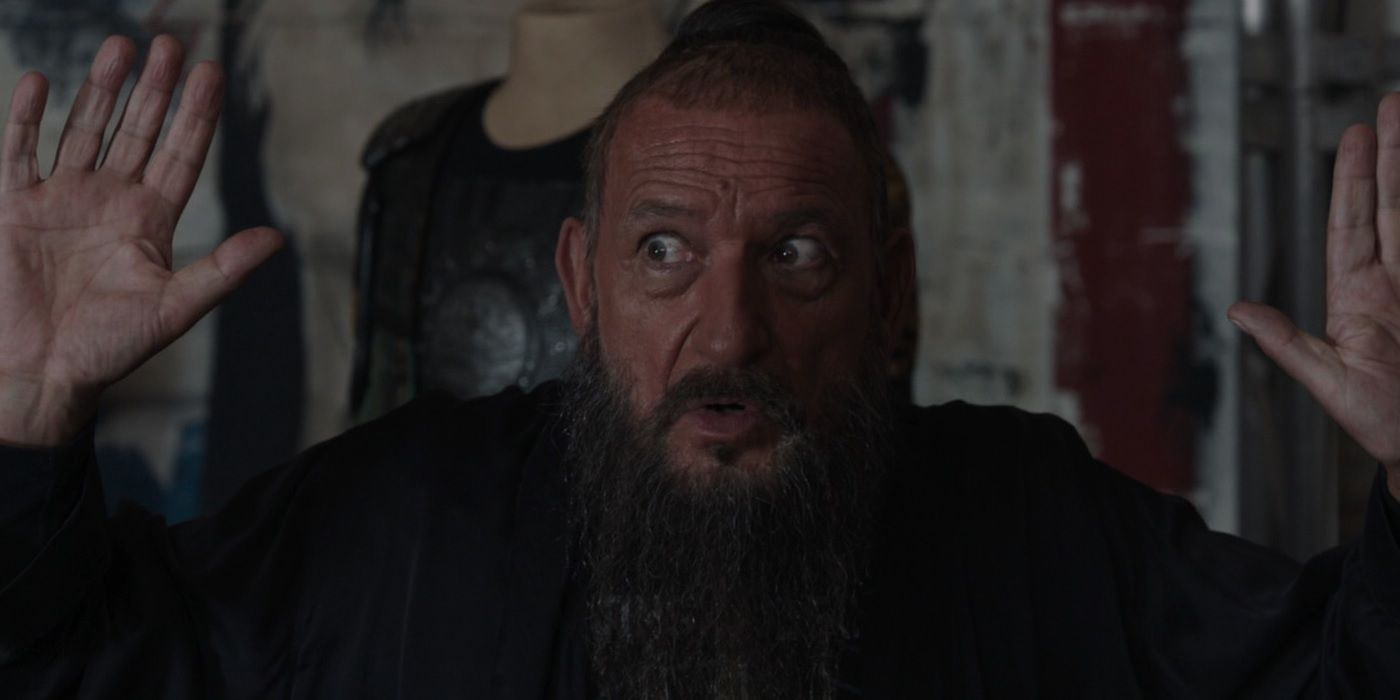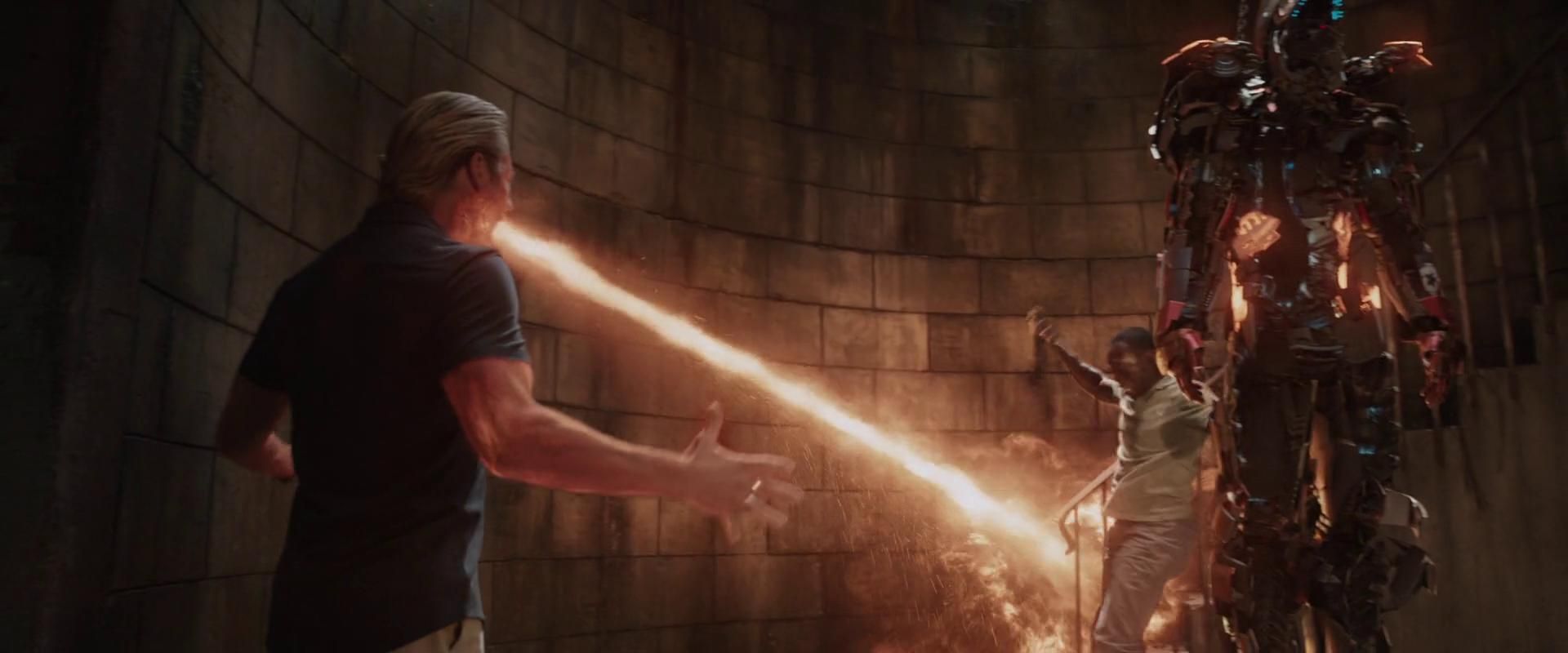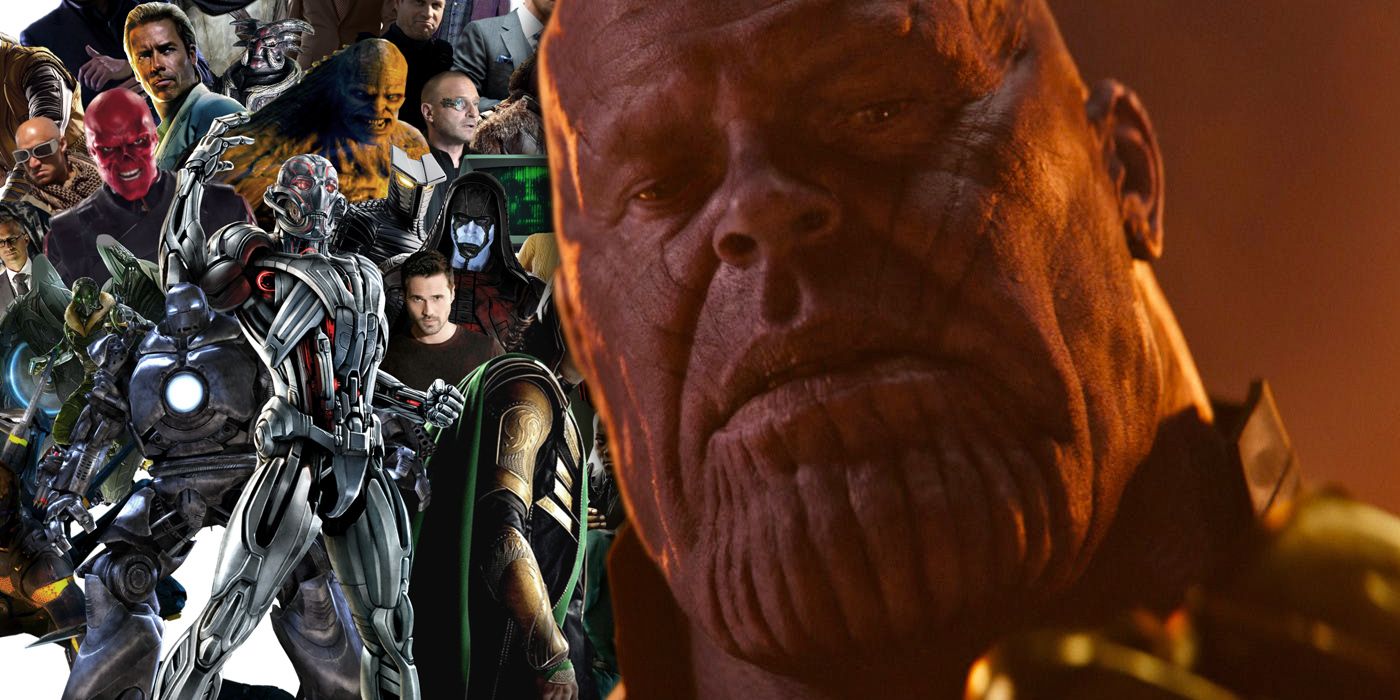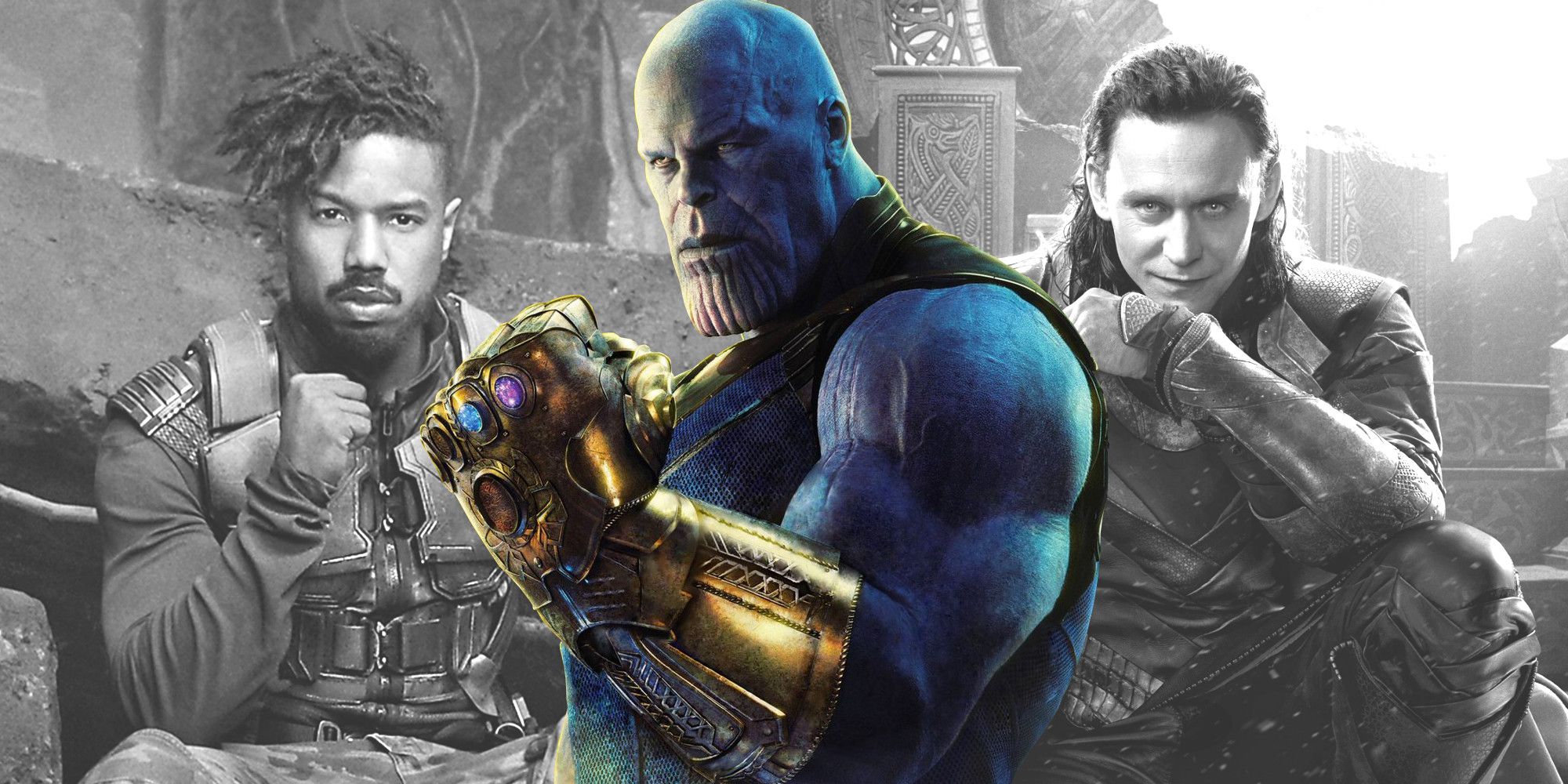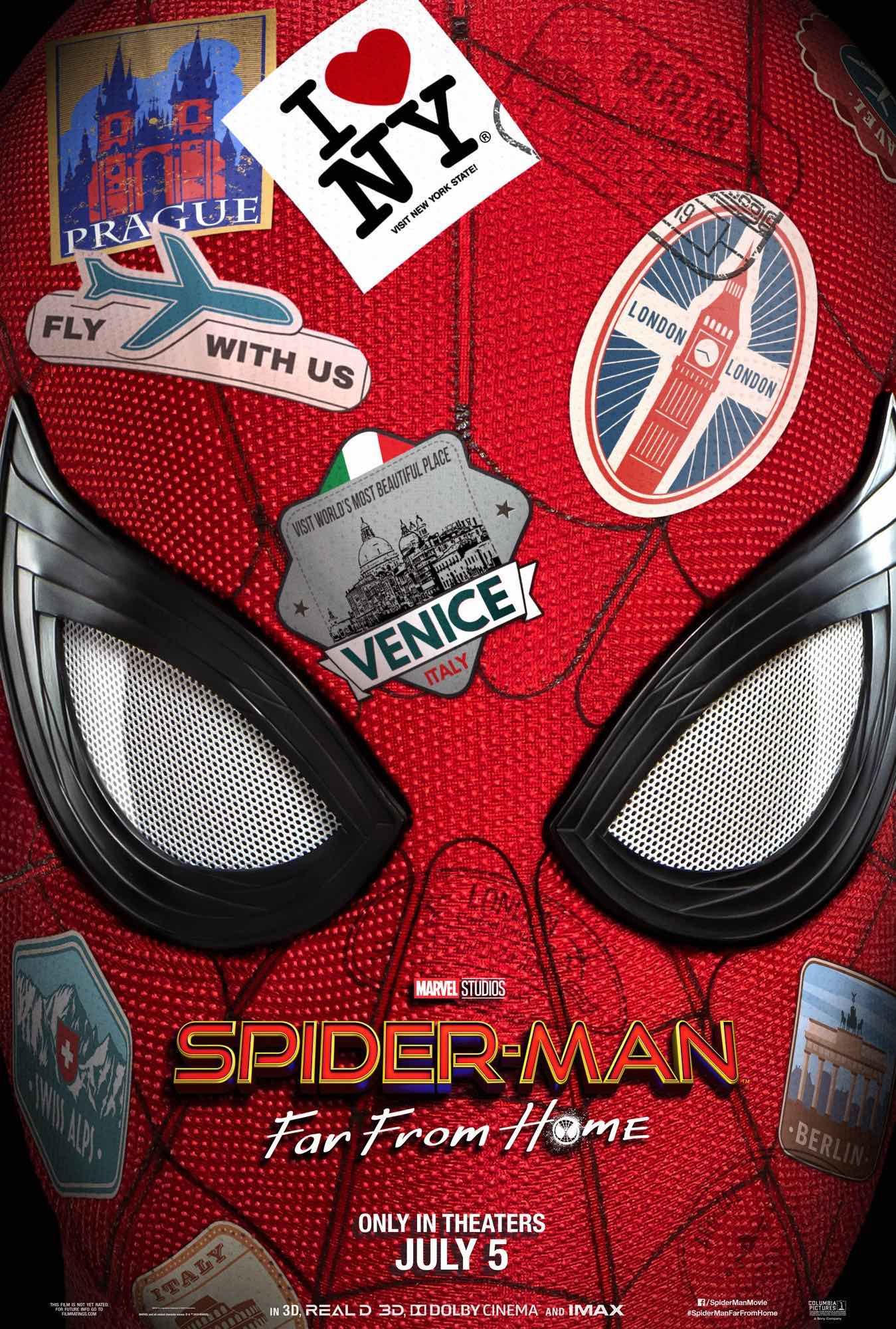Though controversial, Iron Man 3’s Mandarin twist marked a shift in how Marvel Studios approached its super-villains - for the better. Over the course of its three phases the Marvel Cinematic Universe has become a beloved box-office juggernaut, causing various other studios to attempt to replicate their huge success.
However, Hollywood’s premier shared universe has encountered some problems as it has expanded. As audiences have flocked to see each new Marvel release in greater numbers, the studio’s superhero films have come under increasing scrutiny and, until recently, it was generally acknowledged that the Marvel Cinematic Universe's weakest point was its villains.
Related: Iron Man 3 Hid A Massive Clue JARVIS Would Become Vision
Despite being played by acclaimed actors like Christopher Eccleston and Tim Roth, Marvel villains were generally less developed and less memorable than their respective protagonists. Yet Marvel’s latter films have beefed up their villains, with Erik Killmonger (Michael B. Jordan) and the Vulture (Michael Keaton) standing as examples of rounded rivals with understandable motivations. Whether you love it or hate it, Iron Man 3's big twist was a turning point, and the Mandarin approach has made Marvel's villains more interesting and memorable.
- This Page: Iron Man 3's Controversial Mandarin Twist
- Page 2: How Marvel Villains Have Changed Since Iron Man 3
Why The Mandarin Twist Was So Controversial
Prior to his cinematic debut, Iron Man was not the most famous of Marvel's superheroes, and neither was his de-facto nemesis, the Mandarin. In his comic book appearances, this unnamed Chinese warlord possesses ten powerful, mystical rings, which he uses to vanquish his enemies. The Mandarin is also an expert martial artist, scientist and strategist, and has clashed with Tony Stark many times in his quest for power.
Despite the Mandarin’s relatively low status in Marvel’s villainous hall of fame, anticipation begun to build for his induction into the MCU. Marvel had proved that they could compellingly adapt their source material’s more outlandish concepts and characters, so hopes were already high for a similarly straightforward, modern take on the Mandarin. Indeed, his ominous presence had been teased since Tony’s fateful cave sojourn in Iron Man, which was orchestrated by the terrorist group known as the Ten Rings. Thus, fans were excited to see Stark’s nemesis finally realized onscreen. As Iron Man 3’s opening weekend neared, it seemed as if everyone’s expectations had been met.
Related: Marvel’s Movie Trilogies Are Better (& More Connected) Than You Realize
With veteran actor Sir Ben Kingsley in a comic book accurate costume, the threat of the Mandarin loomed over the film’s promotional material. Indeed, each trailer teased an epic, desperate test for Tony Stark, whose home and personal life literally crumbled under the Mandarin’s onslaught. Yet upon its release, this turned out to be a huge misdirection. In a large deviation from the comics, the real villain was actually scientist Aldrich Killian (Guy Pearce), and it transpired that Kingsley was really playing Trevor Slattery - a sleazy, drunken and drug-addled actor. Slattery had been paid to embody the fake persona of the Mandarin to manipulate American politicians and take credit for Killian’s wrongdoings.
This bait and switch left many fans disappointed, since they had been expecting a dynamic and faithful take on the character, not a humorous and deconstructive iteration. Similarly, Pearce’s Killian wasn’t given much screen time to step in after Slattery’s façade had been lifted. As such, many have complained that the promised, grandiose end to the Iron Man trilogy had fallen rather flat. Certainly, the furor over Iron Man 3’s twist lingers – on the internet and in conversation – years after its cinematic run. But rather than damaging Marvel’s winning streak, it has enhanced it.
The Mandarin Twist Worked Despite The Backlash
Whilst Kingsley and Pearce’s interpretation of the Mandarin deviates from the traditional Mandarin rather substantially, the reasoning for this change is sound. As director Shane Black explained, the Mandarin was altered so that the filmmakers could simultaneously sidestep and address the character’s troubling racial aspects.
In the comics, the Mandarin has often appeared as a Fu Manchu caricature, which obviously reflects the prejudices of the time he was created in. In Iron Man 3, only a small number of the Mandarin’s Asian trappings remain, but these are a deliberate, in-universe choice. Indeed, in the series’ post 9-11 setting Killian dresses Slattery in this way to capitalize on America’s tense preoccupation with the Middle East. In doing so, Iron Man 3 recontextualizes the Mandarin to not only suit modern audiences, but to reaffirm the trilogy’s critical look at the USA’s unethical military industrial complex.
Related: Theory: Iron Man 3 Was Introducing The Eternals In 2013
Does the Mandarin twist succeed, or does it squander the film’s potential? Fans continue to argue both cases based on the above information; and that is precisely the point. As the superhero genre (and its multitudes of fans) multiply in number, Iron Man 3 is repeatedly dissected and discussed. And, during these revisits, the Mandarin twist is an unavoidable part of those conversations, because it is a deciding facet of the film’s plot and its appeal. Shocking plot developments in movies and TV shows have dominated social media and become “water-cooler moments” for colleagues, friends and families to discuss far more than would have done in years gone by. By implanting the Mandarin into a pivotal mid-movie twist, Marvel Studios ensured that the Mandarin would never be forgotten.
Page 2: How Marvel Villains Have Changed Since Iron Man 3
Almost Every Marvel Movie Since Has A Villain Twist
Obadiah Stane’s (Jeff Bridges) secret treachery in Iron Man may predate Iron Man 3’s Mandarin twist by several years, but it's interesting to note how, prior to Iron Man’s last solo outing, the fledgling MCU featured very few rug-pulls compared with its more recent output. Thor: The Dark World ended with the last-minute shot of Loki masquerading as Odin (Anthony Hopkins), even though he had apparently died on the Dark Elves’ home world of Svartlfheim. Similarly, it transpired that Bucky Barnes (Sebastian Stan) had survived his icy fall and become a ruthless assassin in Captain America: The Winter Soldier, and Phase 2 continued with Guardians of the Galaxy’s (admittedly less earth-shattering) surprise that Thanos (Josh Brolin) was backing Ronan the Accuser’s (Lee Pace) campaign against Xandar.
Captain America: Civil War also had a thought-provoking villain twist, at first leading audiences to assume that Zemo (Daniel Brühl) wanted to revive and use Bucky’s fellow Winter Soldiers to seize power. Instead, he hoped to to destroy the Avengers from within using data from that facility’s archive – namely, the footage of Howard and Maria Stark’s murder – and once his plan was complete his only remaining goal was to commit suicide (a plan thwarted by Black Panther).
Related: Every Major MCU Villain, Ranked From Weakest To Strongest
Phase 3 also contained several cases of secret identities and deeds being revealed to devastating effect. Ego (Kurt Russel) is unveiled as the perverse, genocidal manipulator that killed Meredith Quill (Laura Haddock) in Guardians of the Galaxy: Vol. 2, and Spider-Man: Homecoming had a dumbfounded Peter Parker (Tom Holland) confronted with the revelation that the Vulture is the father of his prom date. Furthermore, Thor: Ragnarok saw the God of Thunder being confronted with his family’s dark past in the form of his secret sister, Hela (Cate Blanchett), and T’Challa (Chadwick Boseman) discovered that his newfound cousin had an understandable grievance with Wakanda’s establishment in Black Panther.
This is not to mention the harrowing, unexpected end of Avengers: Infinity War whereby Thanos (Josh Brolin) wins the conflict by decimating half of all life in the universe, or Captain Marvel’s Yon-Rogg (Jude Law) who is exposed as Carol Danvers’ (Brie Larson) true enemy. As such, one cannot help but wonder if Trevor Slattery and Aldrich Killian created a template for every Marvel villain to follow.
Did The Mandarin Inspire Marvel's New Villains?
On first glance, the Mandarin does seem to have had a huge impact on the quality of Marvel’s movie villains, but the issue is not cut that cleanly. Moreover, a year after Iron Man 3, Marvel released a One Shot entitled All Hail The King, which saw an imprisoned Trevor Slattery learning that his performance had angered the “true” Mandarin who existed elsewhere in the MCU. The Ten Rings assassin that accosted Slattery made it very clear the failed thespian was soon to experience his wrath. This retcon was largely seen as an apology from Marvel – an admission that their bold narrative experiment had seemingly failed.
Similarly, villain twists have not become an overriding part of the MCU, since Marvel have released Avengers: Age of Ultron, Doctor Strange and Ant-Man and the Wasp in Iron Man 3’s wake, and none of these movies contain any revelations pertaining to their respective bad guys. This is further emphasized by the fact that a great number of Marvel’s films were deep in production during this time, meaning that its generally difficult to gauge just how influential the Mandarin twist has been upon all these individual films.
Related: The Marvel Cinematic Universe's Biggest Course Corrections
However, it does seem to have had an impact upon Thor: The Dark World, where Loki’s death was originally permanent. It was reportedly changed due to the fact that test screen audiences believed that the God of Mischief was faking his demise so that he could escape. Thor’s second solo movie was also re-shot to bolster many of Loki’s scenes earlier in the film as well. Based on this evidence alone, it does seem plausible that Marvel hastily edited Thor: The Dark World, not just to counter audience confusion, but because they recognized the benefits of Iron Man 3’s twist and wanted to capitalize on the popularity of their most successful villain so far.
Marvel Studios predominately fixed their antagonists by giving them an increased amount of screen time and fleshing out their backstories and motivations. Even so, it’s clear that the bad guy’s twist has become as much a part of the “Marvel formula” as the studios preference for humor. Though each revelation varies in size, context, and its degree of success, these sequences don’t just add shocking and memorable elements to the movie’s plot. Moreover, the twists imbue villains with a new, previously unseen aspect to be developed and explored in the film’s remaining run-time. For example, the twist that Hela is Thor’s secret sister directly feeds into Ragnarok’s subtext about the crimes of colonial rule.
Most of Marvel’s upcoming films are shrouded in secrecy, so we can only speculate about the next generation of cinematic super villains. But thanks to Iron Man 3’s Mandarin twist, it’s unlikely that the MCU’s new villains will ever be as predictable as they were before.
More: Marvel Villains Who Are Still Alive (And Could Return in MCU Phase 4)

